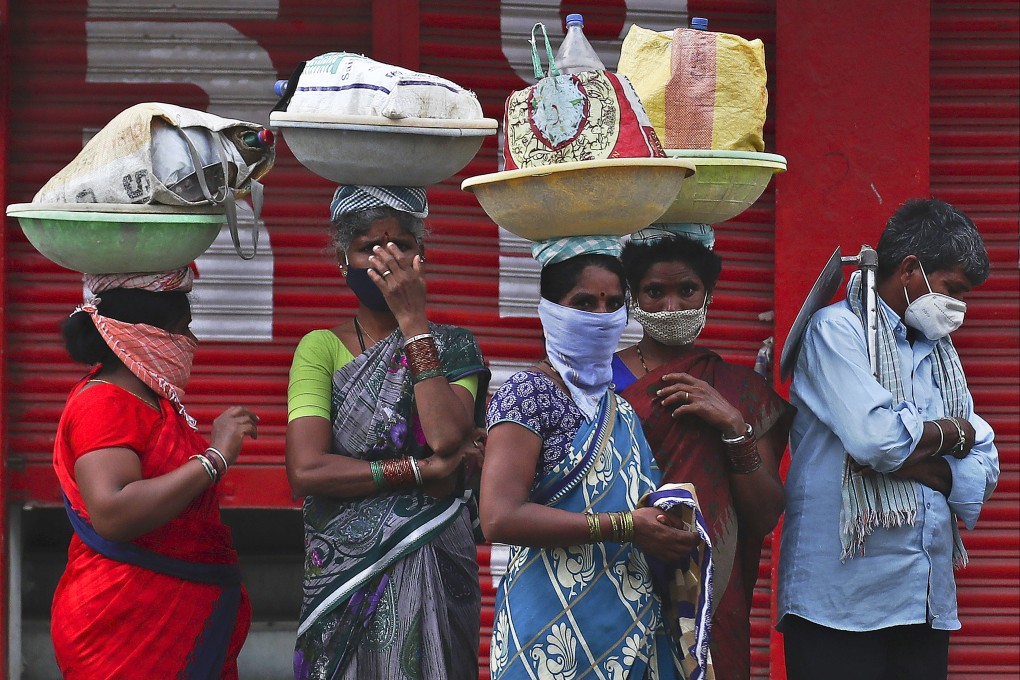Advertisement
Will ‘self-reliant’ India’s second wave of Covid-19 force a rethink on China ties?
- Narendra Modi’s US$265 billion economic drive was supposed to boost the pandemic battered economy and gained urgency in the wake of military clashes at the border with China
- But traditional industries such as garment manufacturing have taken a hit, and with unemployment rising and greater economic woes expected, some experts question if it is time to reconsider
Reading Time:5 minutes
Why you can trust SCMP
57

Fabrics, zippers, buttons, lapel pins, chemicals for dyes and even sewing machines.
As M.P. Muthu Rathinam puts it, “All accessories that make a garment look good are imported from China.”
Rathinam is the president of the Tiruppur Exporters and Manufacturers Association (Teama), a group of 900 manufacturers in the city of Tiruppur, India’s major textile and knitwear hub, in the southern state of Tamil Nadu.
Advertisement
Garment manufacturing is big business here, with the industry employing more than 600,000 workers and shipping apparel worth 26,000 crore rupees (US$3.5 billion) in 2019-2020 to global brands (and a further 20,000 crore rupees’ worth to domestic markets).

However, the small and medium enterprises (SMEs) that make up 90 per cent of Tiruppur’s manufacturers have been hit by a double whammy of the coronavirus pandemic and the diplomatic fall out from the India-China border stand-off. India’s introduction of tariffs on goods imported from China, which followed the deaths of 20 Indian soldiers in a clash at their disputed Himalayan border last June, has hit Tiruppur’s manufacturers particularly hard.
Advertisement
“When the Chinese imports started dwindling, it was as good as the Tiruppur garment industry shutting down. The two are intertwined. There are substitutes but they are expensive. By far, China is the most competitive in pricing and quality,” Rathinam said.
Advertisement
Select Voice
Choose your listening speed
Get through articles 2x faster
1.25x
250 WPM
Slow
Average
Fast
1.25x